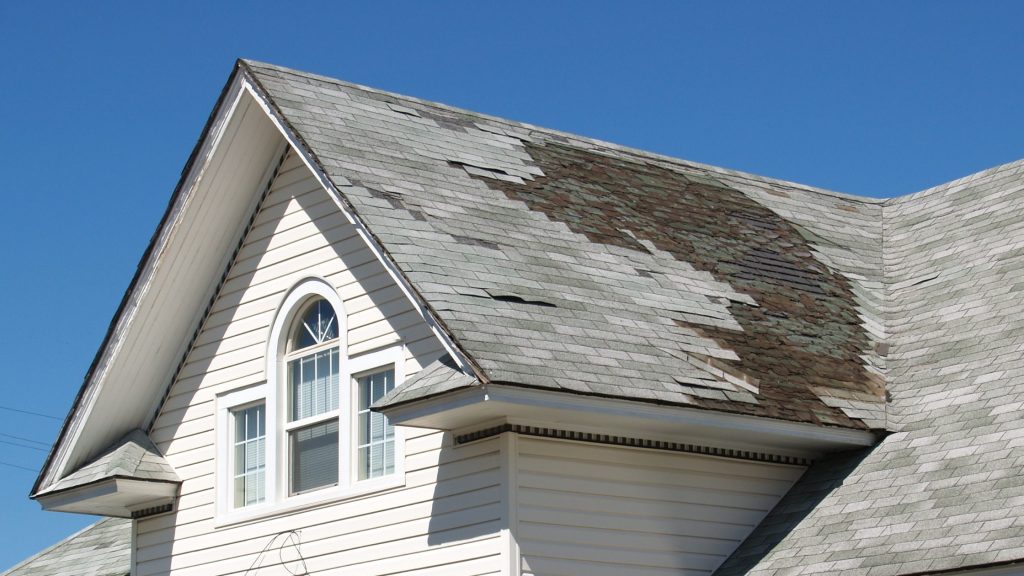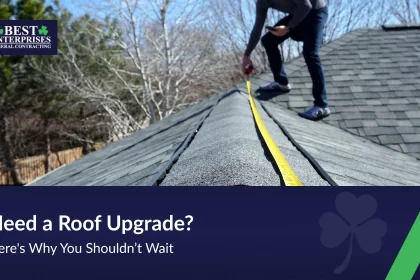
Your roof is your home’s first shield against harsh weather be it wind, rain, scorching heat, or freezing cold. Yet despite its critical role, it’s often overlooked until visible damage demands attention. From mysterious ceiling stains to sky-high energy bills, the warning signs are easy to miss or ignore. But delaying a roof upgrade can lead to costly repairs, safety risks, and energy inefficiencies.
Upgrading your roof isn’t just about patching leaks, it’s a smart investment in your home’s safety, comfort, and long-term value. In this article, we’ll explore five clear signs that your roof needs replacing and why acting now could save you money, stress, and future headaches.
5 Key Signs You Need a Roof Upgrade
1. Visible Roof Damage (Leaks, Missing Shingles, or Cracks)
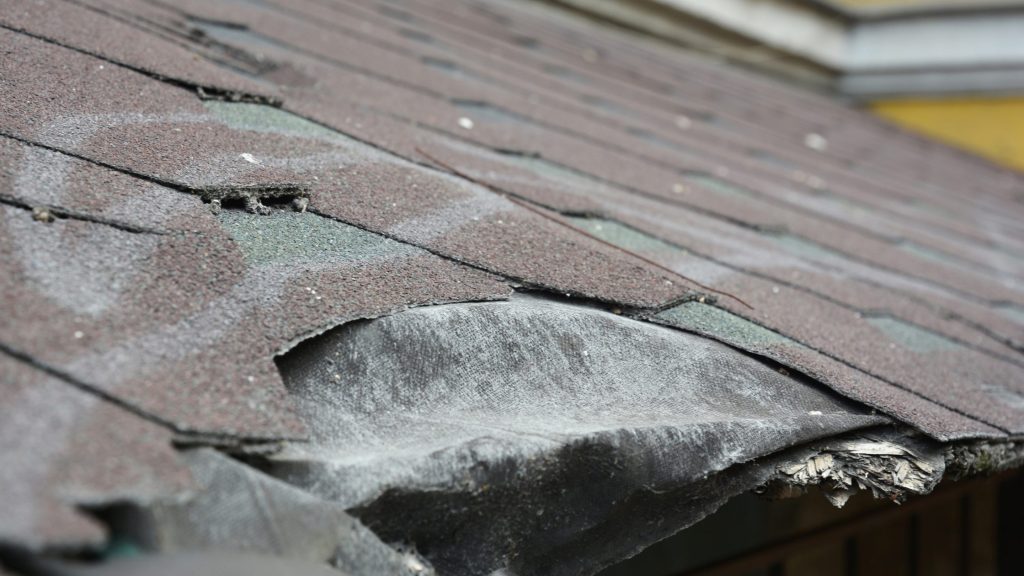
If your roof is missing shingles, showing dark streaks, or developing cracks, it’s waving a red flag. Even minor leaks can escalate into major structural issues, leading to costly repairs down the line. Water stains on ceilings, damp attic insulation, or sunlight peeking through the rafters often signal compromised flashing or deteriorated roofing materials. Another warning sign? Finding shingle granules in your gutters is a telltale sign that your roof’s protective surface is breaking down.
Pro Tip: Don’t dismiss curling shingles, cracked flashing, or a sagging roofline. These are signs of aging materials or hidden water damage that demand immediate action.
2. Rising Energy Bills Due to Poor Insulation
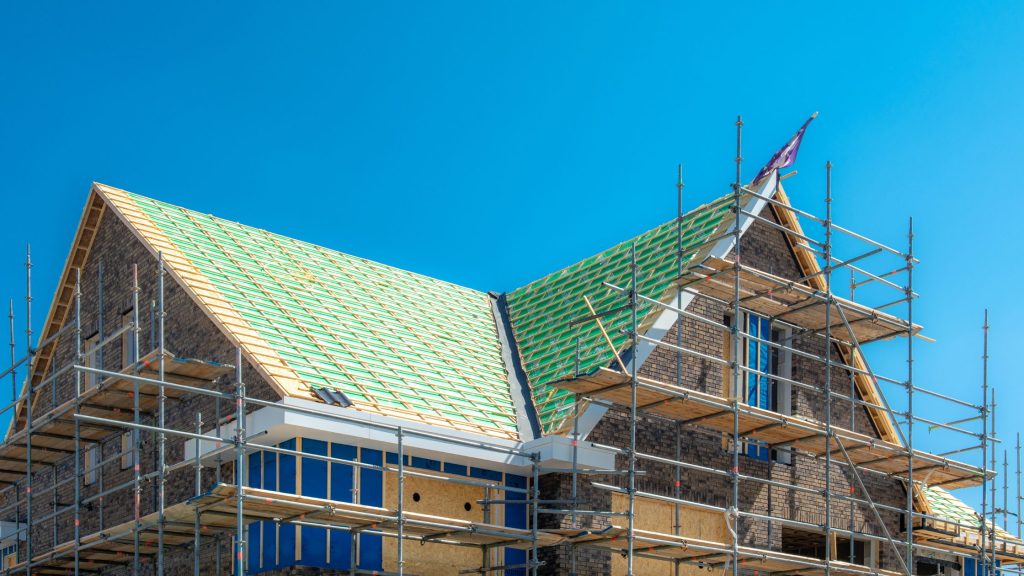
If your heating or cooling costs have suddenly increased, your roof might be to blame. Older or damaged roofs often lack proper insulation or ventilation, causing your HVAC system to work overtime. Modern roofing systems with energy-efficient materials like cool roof shingles or reflective metal panels help maintain consistent indoor temperatures and reduce utility bills year-round.
Bonus Benefit: Energy-efficient roofs not only save money but also enhance indoor comfort, especially during extreme weather.
3. Your Roof is Over 20 Years Old
How old is your roof?
- Asphalt shingles: 20-25 years
- Metal roofing: 40-70 years
- Clay or concrete tiles: 50+ years
Even if your older roof looks fine from the ground, time and weather slowly degrade its materials. Older roofs are also less likely to meet modern building codes and energy efficiency standards. If your roof is approaching or past its expected lifespan, it’s better to upgrade proactively than risk a sudden failure during a storm or heavy snowfall.
4. Frequent Repairs Are Adding Up
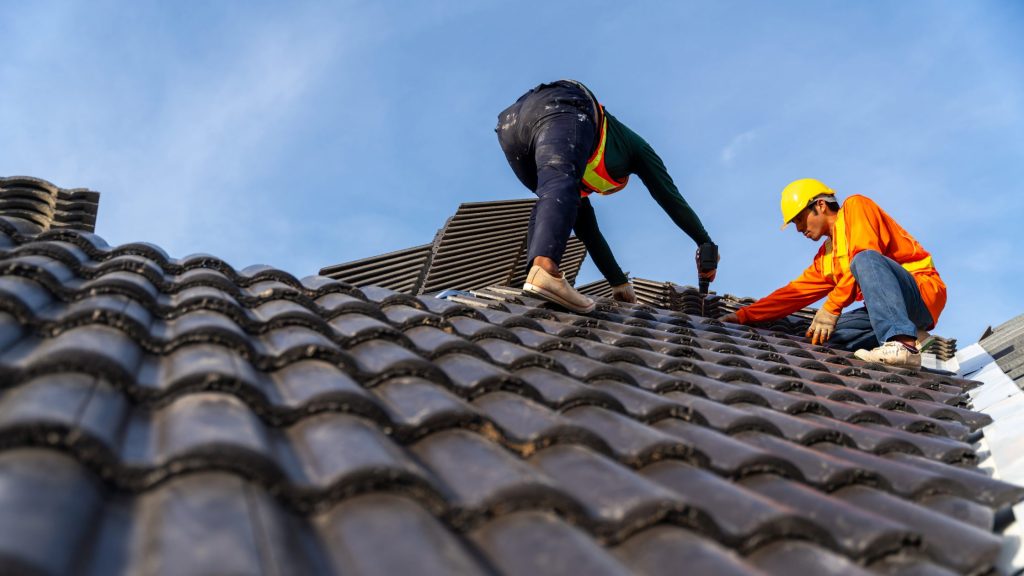
A leak here, a missing shingle there… if your roof feels like a constant maintenance project, it’s time to take a step back and look at the bigger picture. Regular roof repairs may seem cheaper in the short term, but those costs can quickly add up without solving the root of the problem. Frequent patchwork often indicates deeper issues like water damage, aging materials, or improper installation. And every repair usually comes with added expenses: inspection fees, emergency service charges, or interior damage from repeat leaks.
Why It Matters: Ongoing repairs don’t just hit your wallet they disrupt your life. Constant water intrusion can damage insulation, drywall, flooring, and even electrical systems, leading to further unexpected costs.
5. You’re Planning to Sell Your Home Soon
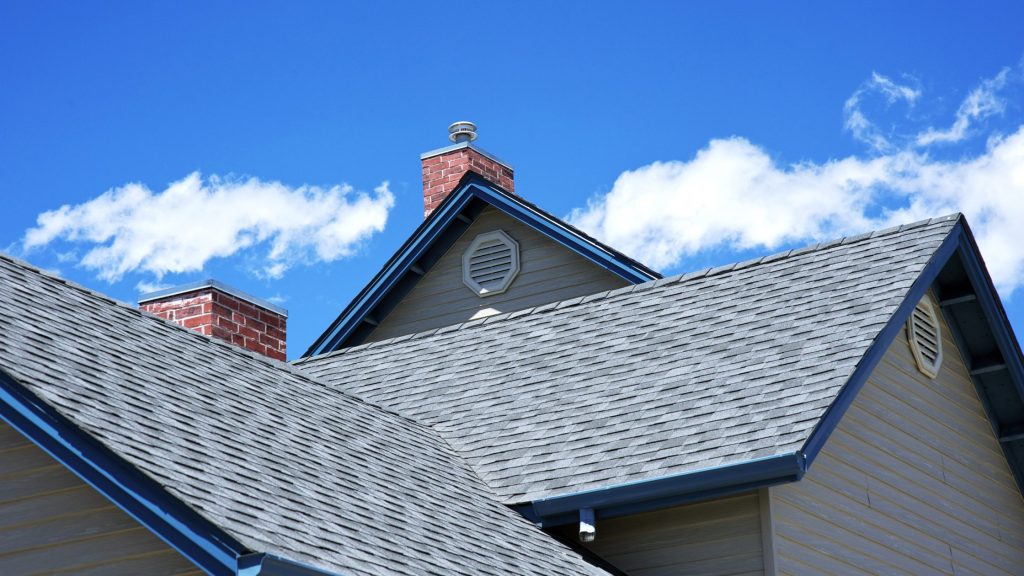
Thinking of putting your home on the market? Your roof could make or break the sale. Buyers notice the roof first, and a worn or damaged one can raise red flags, cause hesitation, or even reduce offers.
A new roof doesn’t just improve curb appeal it signals that the home is well-maintained, energy-efficient, and move-in ready. That reassurance can help your property stand out in a competitive market.
Did You Know? According to Remodeling Magazine’s Cost vs. Value Report, homeowners can recoup 60–70% of the cost of a roof replacement at resale. In some hot housing markets, a new roof can even drive bidding wars and quicker sales.
Additional Benefits of a New Roof Before Selling:
- Increases appraisal value
- Passes home inspections with ease
- Attracts FHA or VA loan buyers (who may require roof certification)
- Lowers the chances of buyer negotiations or credits at closing
Pro Tip: Pair your new roof with other exterior upgrades like fresh paint or new gutters to create a powerful first impression and maximize your home’s resale potential.
Benefits of Upgrading Your Roof Now
1. Enhanced Protection Against Extreme Weather
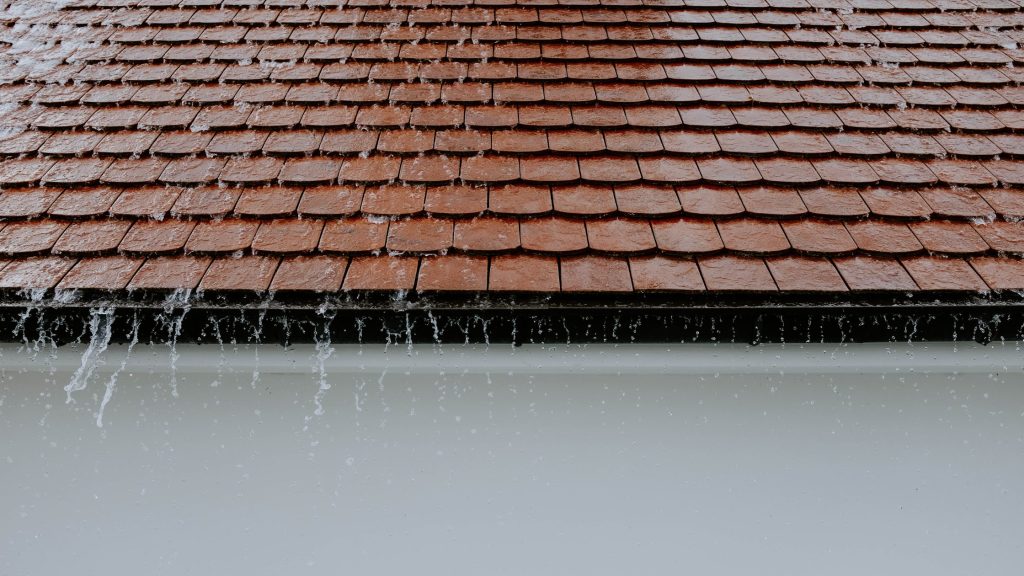
Today’s roofing materials are engineered for resilience in the face of increasingly unpredictable and severe weather. Whether you live in a region prone to hurricanes, hailstorms, or heavy snow, a modern roof provides superior protection.
- Impact-resistant shingles (Class 4 rated) can withstand hail and flying debris.
- Metal roofing systems offer exceptional wind resistance—some rated to handle gusts over 140 mph.
- Fire-rated materials (Class A) can slow the spread of flames and are especially beneficial in wildfire-prone areas.
- Advanced waterproofing technologies, such as synthetic underlayments and ice-and-water shields, help prevent interior water damage even during torrential rains.
Bottom line: A roof upgrade means you’re better prepared for the next big storm—and less likely to face costly emergency repairs.
2. Improved Energy Efficiency & Lower Utility Bills
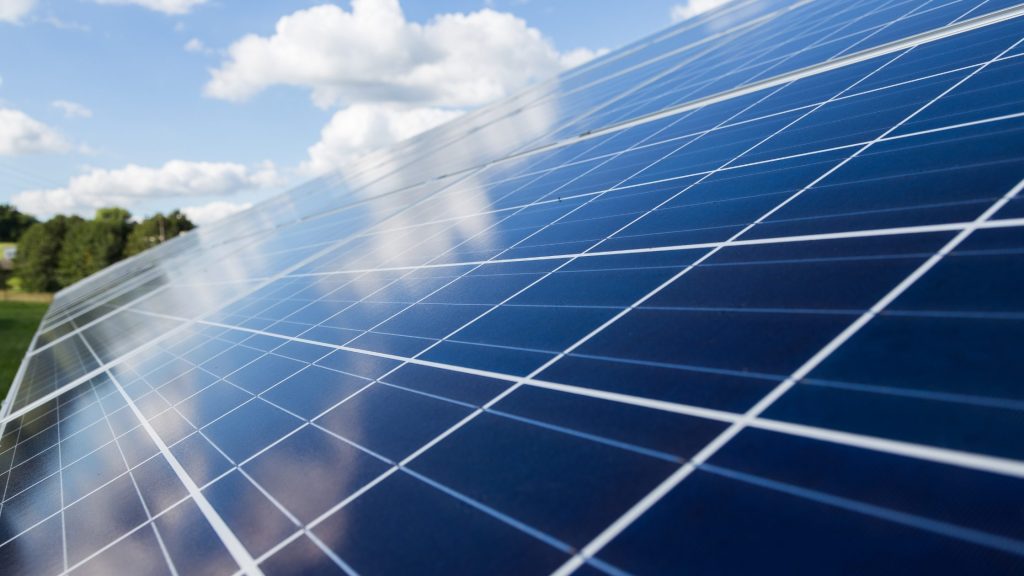
An outdated or poorly insulated roof is a silent energy drain, making your HVAC system work harder year-round. New roofing systems use energy-efficient technologies that regulate indoor temperatures more effectively.
- Cool roof coatings and reflective shingles can lower surface temperatures by up to 50°F, significantly cutting cooling costs in hot climates.
- Proper attic ventilation reduces heat buildup in summer and moisture accumulation in winter, both of which impact energy efficiency and roof health.
- Insulated underlayment and radiant barriers help retain warmth in colder seasons, reducing heating expenses.
Result: You’ll enjoy a more comfortable home and potentially save hundreds per year on energy bills.
3. Increased Home Value & Curb Appeal
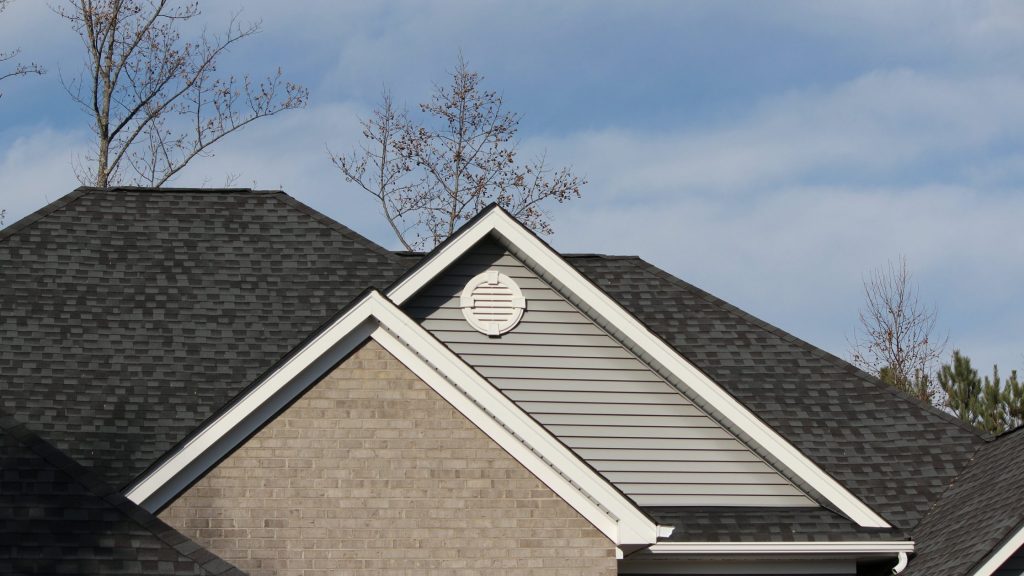
A roof upgrade is one of the most visible and valuable home improvements you can make.
- Modern roofing materials come in a variety of colors, profiles, and finishes that can complement or elevate your home’s architectural style.
- Enhanced curb appeal makes a strong first impression on potential buyers, neighbors, and appraisers.
- According to real estate experts, a new roof can boost resale value and attract more qualified buyers, especially in competitive markets.
Fast Fact: A new roof can increase your home’s appraised value by as much as 5–10% and help it sell faster, often with fewer negotiations.
4. Peace of Mind & Long-Term Savings
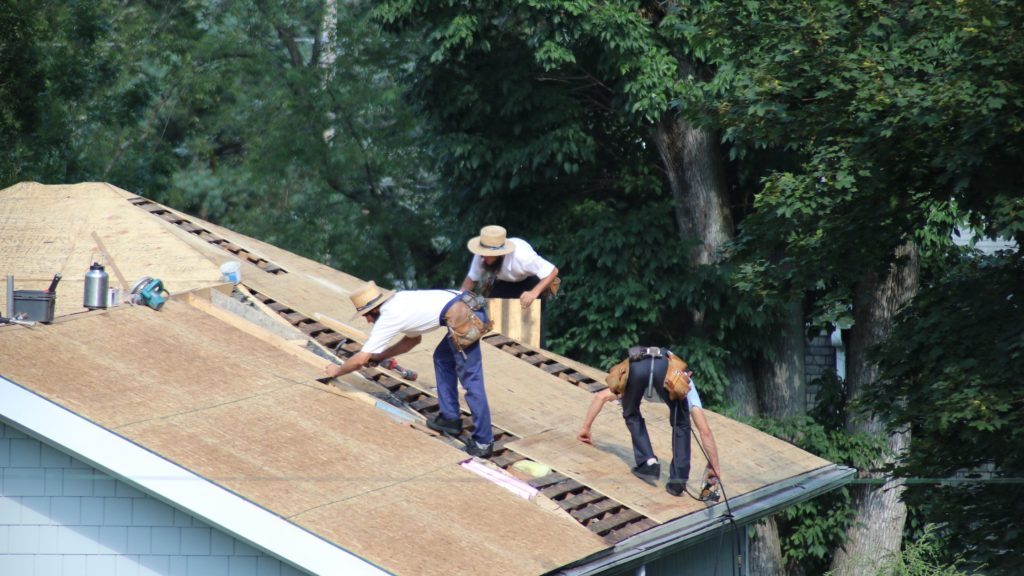
Beyond the visible improvements, a new roof delivers lasting security and savings.
- Manufacturer warranties typically range from 25 years to lifetime coverage, depending on the material and installer.
- Less frequent repairs and maintenance mean lower long-term ownership costs.
- You gain confidence during storms, knowing your home is well-protected against leaks, wind, and mold-causing moisture.
Added Bonus: Modern roofing systems are easier to inspect, maintain, and clean—saving you time and stress over the years.
How to Know If You Need a Roof Upgrade
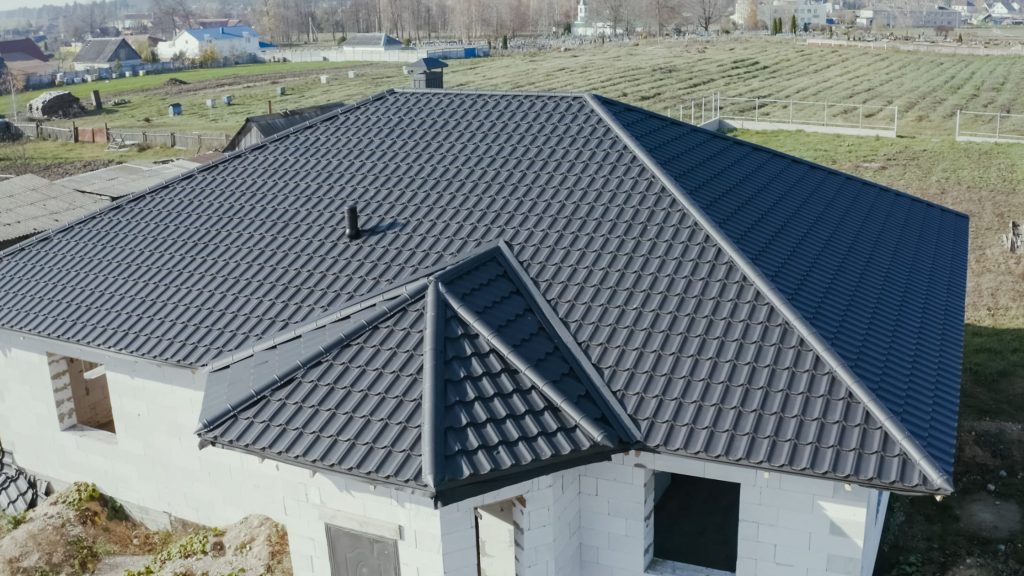
Not sure whether your roof needs replacing or just a few repairs? Start with a simple self-inspection to catch early warning signs before they become costly problems. Here’s what to look for:
DIY Roof Check: What to Look For
- Daylight in the Attic: Head into your attic during the day. If you see beams of sunlight peeking through the roof boards, it means there are gaps or holes that need attention.
- Sagging or Soft Spots: Walk around your roof (if safe to do so) and feel for areas that are sagging or spongy. This may indicate water damage or compromised structural support.
- Mold, Mildew, or Moss Growth: Watch for green or black growth along roof valleys or shady areas. These can trap moisture and accelerate the breakdown of roofing materials.
- Granules in the Gutters : Asphalt shingles shed granules as they age. If your gutters are filling up with these gritty particles, it’s a sign your shingles are wearing out and may no longer offer full protection.
Next Steps: When to Call a Professional
If you notice any of these red flags or simply haven’t had a roof inspection in over a year it’s time to bring in a licensed roofing contractor. Most reputable companies offer free or low-cost inspections, along with detailed estimates for repair or full replacement.
Pro Tip: Always ask for a written inspection report and compare at least two to three quotes before making a decision. A trusted professional can help you determine whether minor repairs will suffice or if a full roof upgrade is the smarter, long-term choice.
Conclusion
Upgrading your roof is more than just a home improvement; it’s a smart, long-term investment in your property’s safety, efficiency, and value. As highlighted throughout this article, there are clear signs you need a new roof, including visible damage, frequent repairs, rising energy bills, or simply the age of your current roof. Ignoring these issues can lead to more severe problems like structural damage, mold, or energy loss. On the other hand, the benefits of a roof upgrade are substantial.
A new roof offers enhanced protection against extreme weather, improved insulation, lower utility bills, and increased curb appeal especially important if you’re planning to sell your home. If you’re unsure how to know if you need a roof upgrade, start with a basic inspection and follow up with a professional assessment. Most reputable roofing contractors offer free or low-cost evaluations to help you make an informed decision. Don’t wait for costly damage to occur. Proactive roof replacement ensures peace of mind and adds long-term value to your home.
Ready to take the next step? Contact Best GC today for a free estimate and expert guidance on upgrading your roof with confidence.

